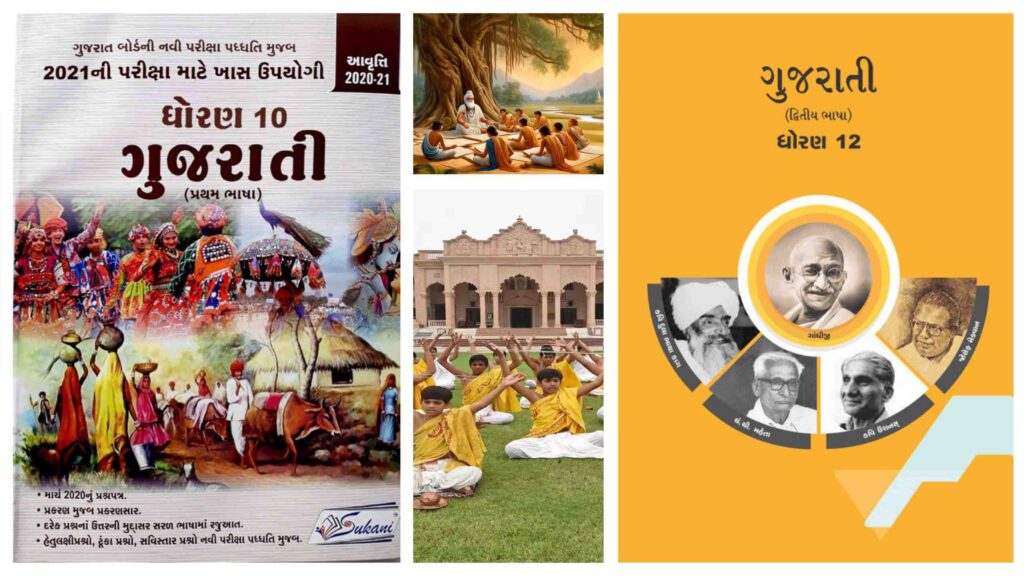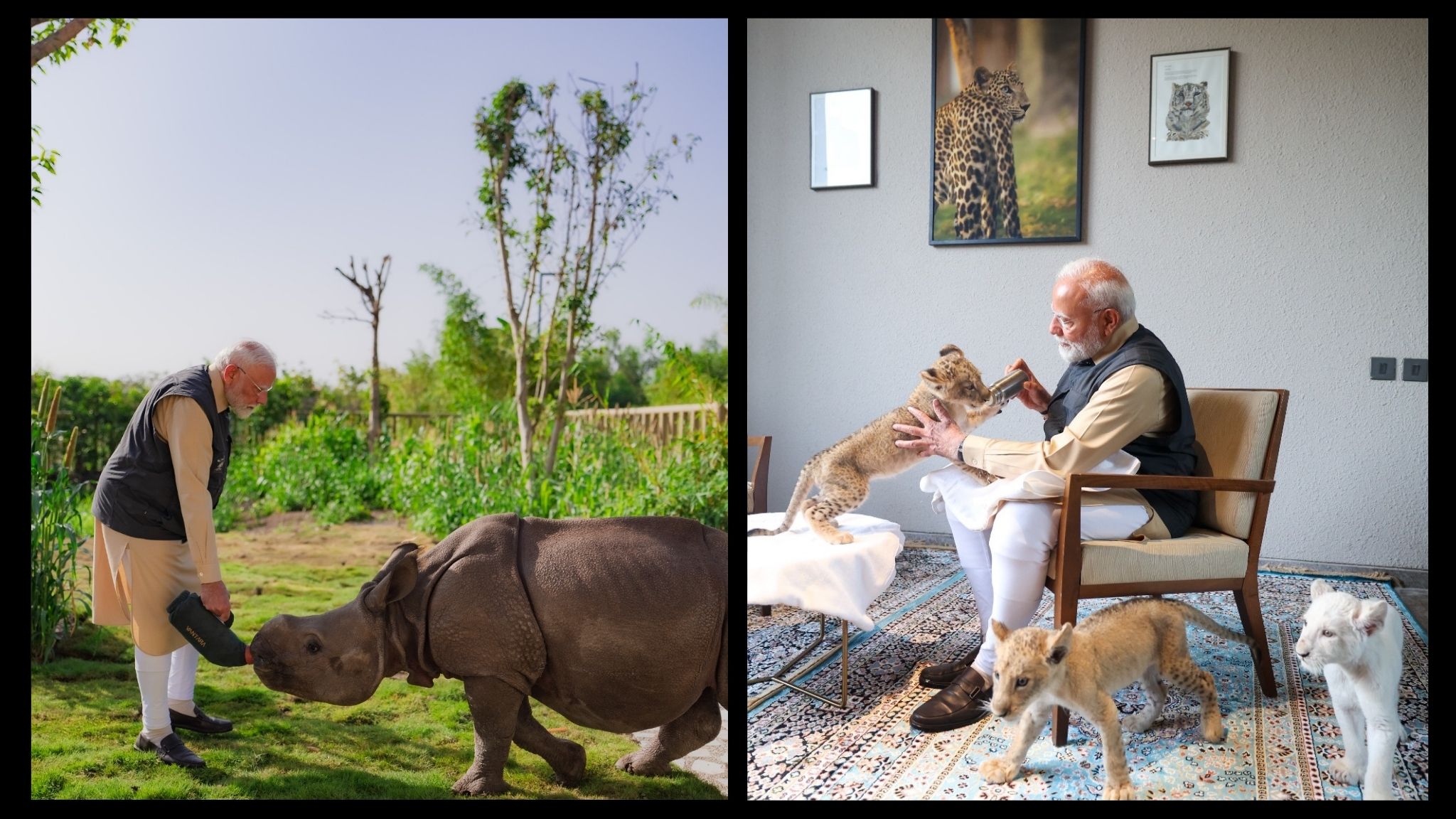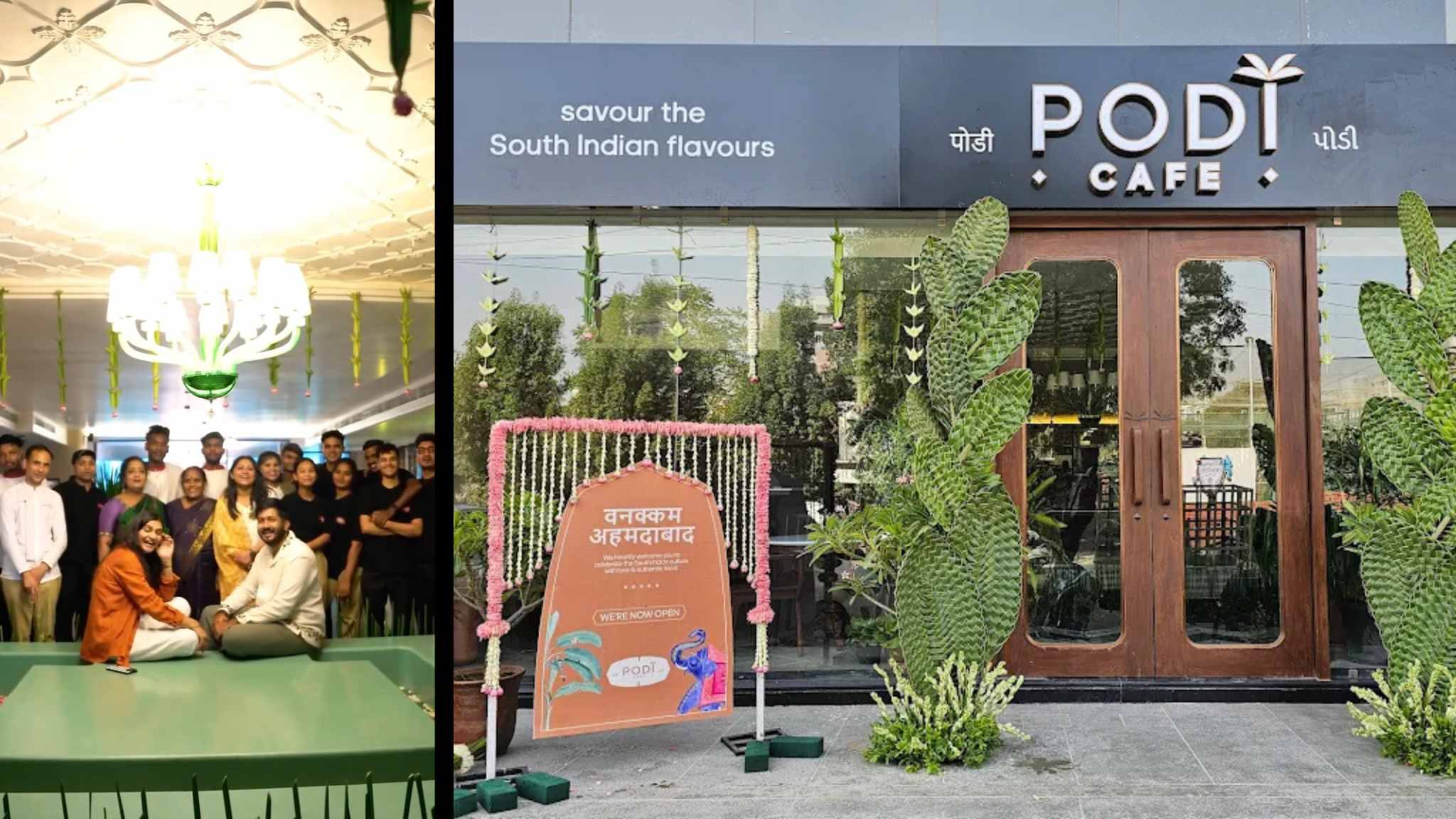Gujarati vs. English Medium Schools
Choosing the Best Education Medium: Gujarati vs. English for Your Child’s Success is a crucial decision in Gujarat. This choice shapes a child’s learning experience and raises future opportunities in fields like business and entrepreneurship. In this blog, we’ll dive into the role of language in education in Gujarat. Let’s explore the Impact of cultural roots, the English language, and inspiring Gujarati-medium success stories.
The Foundation of Gujarati Medium Education: A Cultural Anchor

Much like the ancient Gurukul system where students learned through a close-knit, culturally rich environment. Studying in regional language medium schools creates a deep connection to cultural heritage. During foundational years, learning in one’s mother tongue enhances cognitive development and deepens cultural understanding.
According to research, children learn best when taught in a language they are familiar with. For many families in Gujarat, Education in Gujarati medium remains accessible and inclusive. Gujarati medium schools like Sheth C.N. Vidyalaya and Dholakia School are known for producing successful individuals proud of their cultural identity and language. Students from these schools have excelled in their career and personal growth within the Gujarati business landscape.
The Importance of Cultural Roots in Education
Language plays a significant role in creating cultural identity and shaping values. It influences traditions, ethics, and communication styles across communities. For Gujarati medium students, learning in their mother tongue gives a unique advantage. This Familiarity in Gujarati strengthens their understanding of the local market. Businesses in Gujarat benefit from this deep-rooted cultural knowledge. Knowing one’s language and culture can especially be beneficial in entrepreneurship. It allows clearer understanding and communication to built rapport of business in Gujarat. It brings a more grounded, community-centered approach to business endeavors.
English Medium Education: A Window to Global Opportunities
In English medium schools, students are equipped with essential skills for higher education and international business careers. However, English needs not be seen as a luxury or the only way to success. Much like any additional skill/tool, it can be learned as a secondary language. Allowing it to maintain cultural ties while preparing for global opportunities, English proficiency can supplement students’ primary language education. Rather than a replacement, English can be learned as a complement to Gujarati. Without overshadowing their cultural identity, students can learn English as a secondary skill.
Notable Success Stories: Achieving Big with Gujarati Medium Education
Numerous Gujarati medium alumni have made a significant contribution to Gujarat and beyond, showing that language need not be a constraint.
Here are a few inspiring success stories:
· Dhirubhai Ambani: The visionary founder of Reliance Industries, Ambani studied in a Gujarati medium school in Chorwad. His journey demonstrates how language is not a barrier to ambition and vision. Through sheer determination, he built one of India’s largest business empires which ranks top globally too. Even today, they are rooted in the Gujarati culture and cherish it in front of the world.
· PM Narendra Modi: The example of a great communicator, India’s Prime Minister studied in a Gujarati medium school. He exemplifies how cultural pride and strong local values can shape influential leaders.
· Karsanbhai Patel: Founder of Nirma Group, Karsanbhai started his journey from a Gujarati medium school. Known for his understanding of the Gujarati market, he built a trusted brand that resonates with every household in Gujarat.
There are thousands of such examples of the most influential people. They studied in their language and built successful business and entrepreneurial careers sticking to their roots.
The Middle Path: Bilingual Education in Gujarat

The National Education Policy 2020 brought an exciting, forward-thinking vision for education in Gujarat, highlighting the value of bilingual learning. By nurturing a system where both Gujarati and English are integral to learning from the start. The policy aims to give children the best of both worlds. Young students can immerse themselves in their mother tongue. It keeps them connected to their roots and traditions, gradually developing English skills that can open doors globally.
This approach builds on a successful pilot program in Gujarat. Here, Schools using the “Global Gujarati Medium” saw children thrive in a bilingual setting. The plan is to introduce English more deeply, without replacing Gujarati. Starting with simple English listening and speaking exercises for the youngest students. For instance, early math and science lessons will include both languages. Allowing children to grasp concepts comfortably in their mother tongue while getting familiar with English terminology.
It’s a balanced, natural way to learn, designed to ensure that children don’t feel overwhelmed by language barriers. This bilingual method also provides a bridge between traditional values and modern Knowledge. It helps develop globalized knowledge, supporting students’ cultural and academic growth.
Conclusion: Beyond Language – Building a Foundation for Success
The debate between mediums of education emphasizes that language is a tool for learning, not a constraint on potential. Whether students study in Gujarati or English, the essential ingredients remain a nurturing environment, access to quality resources, and a mindset of innovation.
For families, educators, and students alike, finding the right educational balance is about aligning language with individual goals and values. In the journey of business in Gujarat and entrepreneurship, one’s roots can be a powerful asset, enhancing the understanding of the local culture and market dynamics. To read more such interesting blogs keep visiting Gujpreneur.







